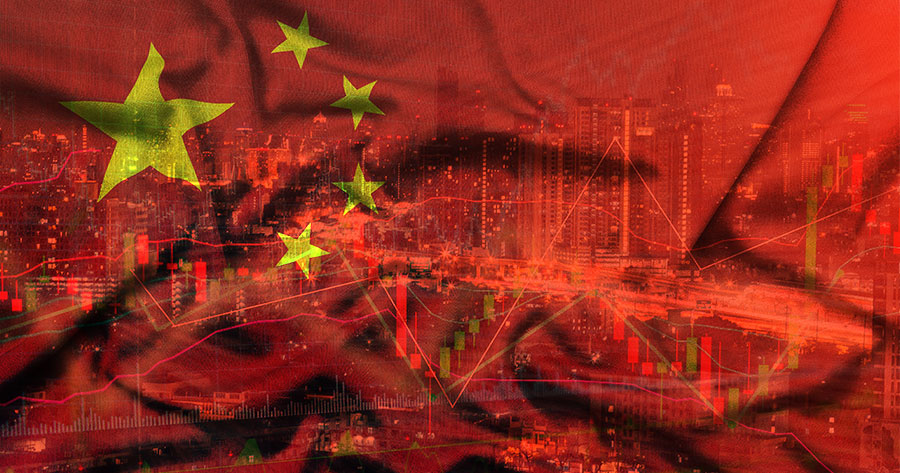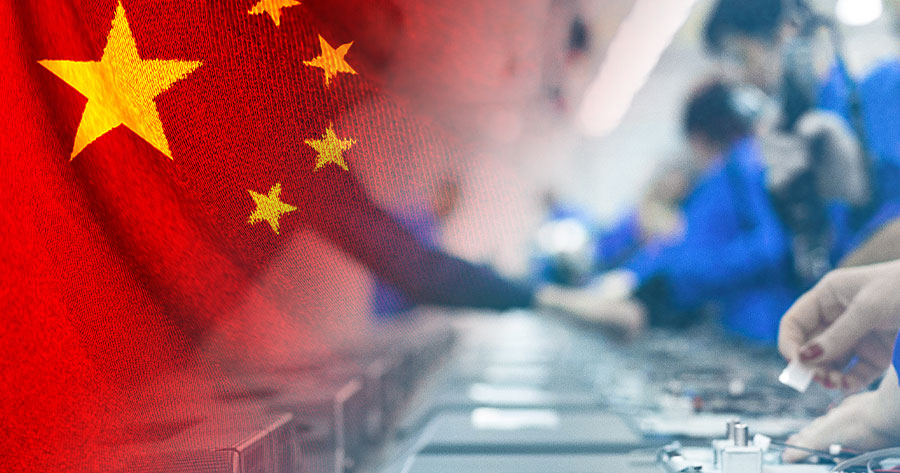China’s manufacturing sector is anticipated to face contraction in April, according to a Reuters survey, as President Donald Trump’s tariff package imposed at a hefty rate of 145% abruptly ended two months of economic recovery.
The poll, which involved 30 economists, predicts the official Purchasing Managers’ Index (PMI) will arrive at 49.8—a decline from February’s 50.5, falling below the positive growth threshold of 50.
These tariffs come at an especially challenging period for China, the world’s second-largest economy, grappling with deflationary pressures due to stagnant income growth and a prolonged property market crisis.
Initially, exporters had been increasing outbound shipments to beat the expected duty imposition, which in March sent exports to their highest in five months. However, the advent of the tariffs has nullified this preemptive strategy.
Since the pandemic, Chinese policymakers have largely relied on exports to support post-recession recovery. Only recently have they started more aggressive actions to stimulate domestic demand.
Analysts foresee Beijing implementing further monetary and fiscal measures in upcoming months to bolster growth and shield the economy from the adverse tariff impacts.
Despite repeated denials from China about seeking tariff negotiations with the U.S., it appears China’s strategy involves waiting for Washington to yield first. Consequently, Beijing is expediting its stimulus plans to navigate through this economic turbulence, at least temporarily adjusting to the reduced influence of the American market as its prime customer.
On Monday, a vice chairman at China’s National Development and Reform Commission (NDRC) announced plans for new policies to be introduced in the second quarter, tailored to the evolving economic context. This announcement follows pledges from the Politburo to support businesses and workers hit hardest by the tariffs.
The International Monetary Fund, Goldman Sachs, and UBS have downgraded their growth forecasts for China for 2025 and extending into 2026, acknowledging the impact of U.S. tariffs. None expect China to meet its official growth goal of 5% under current conditions.
The Reuters poll also anticipates a decline in the private sector Caixin PMI to 49.8 from March’s 51.2, with the results due on April 30.





